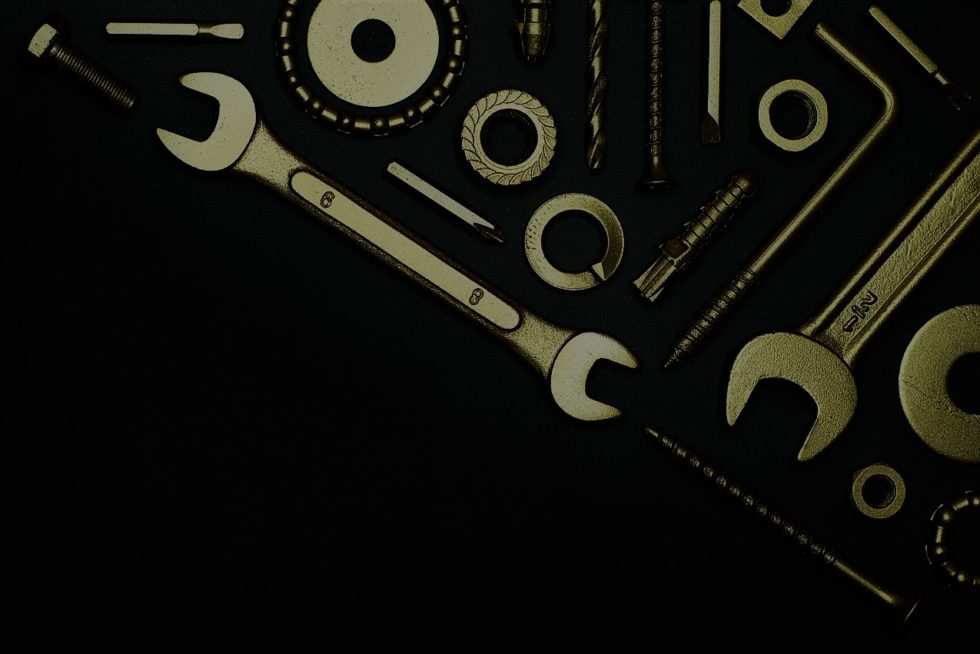In 2022 “Sustainability” is still, or more than ever, an elusive and ultimately hard-to-define term. Not only since the EU Commission started into the new year by releasing plans to classify natural gas and nuclear energy as “sustainable” in the future, it has become a challenge for both companies and consumers to decide whether a product is sustainable.
As the new year begins, we take a closer look at selected aspects of product-related sustainability this first part of our series takes a closer look at what companies can expect in terms of product marketability in the EU in 2022 under the context of sustainable development.
Right to repair is coming!
Among the new initiatives, the European Commission’s work program for 2022 envisages the implementation of a comprehensive “right to repair” in the legal framework for the third quarter. After first steps were already taken last year in the context of various ecodesign regulations for electrical and electronic equipment, moving towards the mandatory promotion of longer usability, the availability of spare parts and the potential for quick and cost-attractive are to be pushed through consumer-oriented incentives supporting informed purchasing decisions. Interested citizens and companies have the possibility to express their opinions and comment on the EU’s plans as part of a public consultation until April 5, 2022.
Ecodesign 2.0 – Sustainable Products Initiative
As we enter into the new year, we are eagerly awaiting the adoption of the “Sustainable Products Initiative” by the Commission, which, among other things, envisages an expansion of the products in scope of ecodesign requirements, including further industries .
In addition to electronics and ICT equipment, ecodesign regulations are to be created for textiles, furniture and highly polluting intermediate products such as steel, cement and chemicals, for example. Continuing the trend that has already emerged in recent years away from pure energy consumption of products during their use phase toward a more comprehensive consideration of impacts along the entire life cycle, manufacturers are to offer more recyclable products in the future and to intervene before products become waste (e.g. product-as-a-service, repair services, spare parts programs, extended warranties).
Other instruments for promoting sustainable products include mandatory sustainability labeling and a digital product passport; the definition of binding minimum sustainability requirements as part of green public procurement but also the consideration of social aspects throughout the product life cycle and measures to ban the destruction of unsold durable goods.
Old and new: ELV, packaging and RoHS
In addition to all the new initiatives and legislative proposals, this year will also see changes to familiar requirements:
Scheduled for the first quarter is the Commission’s adoption of a revision of the Packaging Directive, which will introduce four core elements: Requirements for packaging design from a circular economy perspective, increasing the use of recyclates, avoiding over-packaging, and reducing packaging waste in general. (Further details in Part 4 of our series)
Finally, a revision of the End-of-Life Vehicles Directive under the umbrella of the Green Deal as well as the recast of the RoHS Directive are scheduled for the end of the year. Read about the proposed changes, as well as other innovations 2022 will bring for material compliance, in next week’s Part 2 of our series.
Don’t miss an article – follow us on LinkedIn! NovaLoop helps companies meet material compliance requirements, properly environmental label products, and realize your sustainability goals – we look forward to hearing from you!



